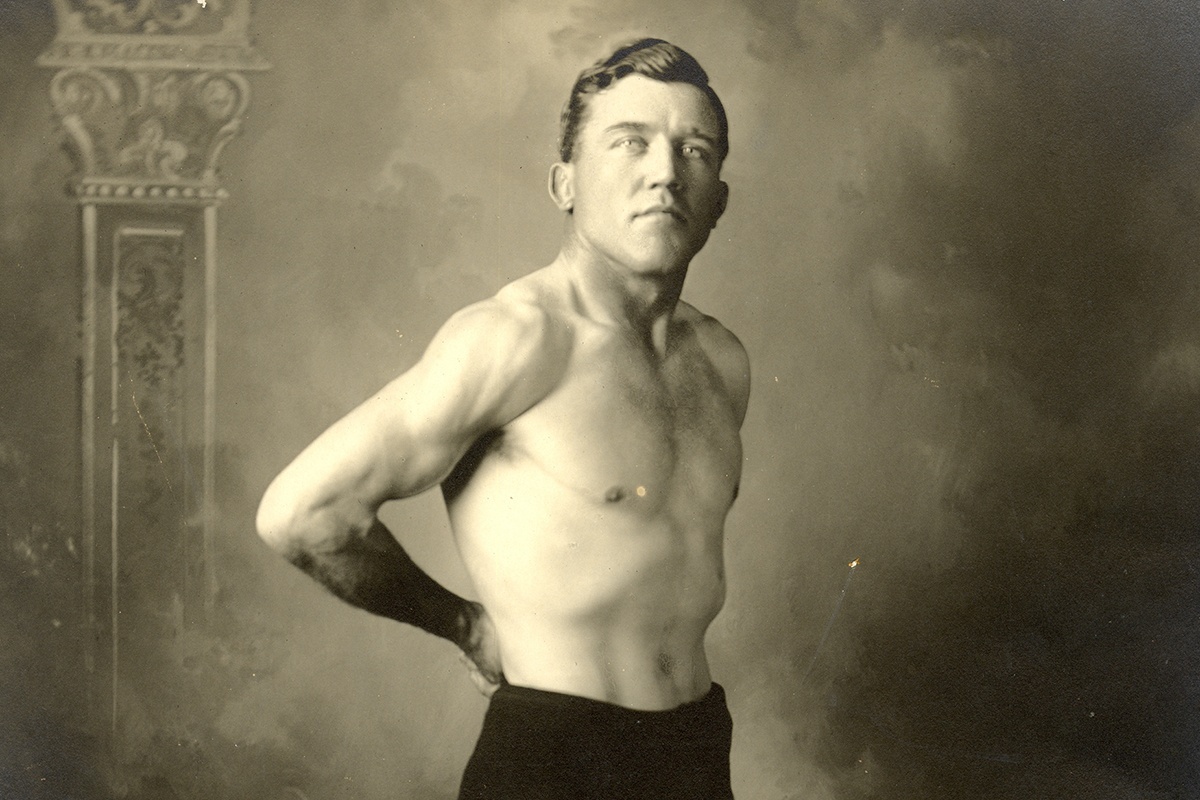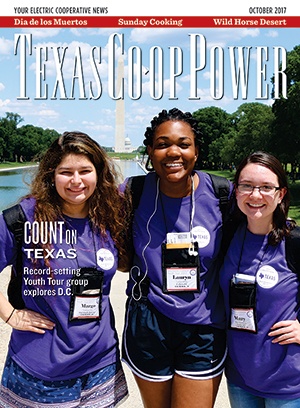Mike Yokel took the bait. As the reigning world middleweight wrestling champ, Yokel traveled from his Utah home to Taylor, Texas, in 1914. He was seeing dollar signs because the locals were known for making large bets on their native son, Elmer “Pet” Brown. Yokel thought he would make some easy money.
Yokel had heard the word spread far and wide that Brown was the real deal. Brown had dropped out of high school and trained with a former Army boxer. Then he and one of his brothers, Jim, attended a Chicago wrestling school.
The Texas wrestling craze began near Taylor in a cotton gin owned by the Brown family. The Brown boys were natural athletes: Ned was a baseball ace, Frank a rodeo champ and Pet a wiry but rugged right tackle on the Taylor High football team. Wrestling was a sideline interest for all four: The brothers folded each other into pretzels with their father, William, coaching. Soon, more area youths tried exotic moves like the standing cradle hold, half nelson and flying mare. African-American kids joined in, chief among them Pet’s pals, brothers known as White and Black Noble, wrote Taylor resident Landgon Richter in a 1977 Old West magazine article.
An Americanized variety of the English “catch-as-catch-can” wrestling style was the rage, and Brown became its Texas star. Named for the notion that wrestlers would seek any advantage over opponents, the style had been adopted by carnival wrestlers who traveled town to town taking on locals. It was part sport, part entertainment and all business.
Enter Yokel and his cash-craving agent. Fans overflowed the Taylor City Hall auditorium for the match between the 158-pounders. Betting continued as the battle progressed, Waco News-Tribune writer Jinx Turner recalled in a 1926 article. “At the end of the first 30 minutes, Brown had never been able to get on top of Yokel,” Turner wrote. “He had succeeded in his uncanny manner of twisting out of every hold put on by Yokel.”
Another hour passed.
Yokel began a full-on assault, but Brown slithered free again and again. Finally, Yokel applied a toe hold, and the referee prepared to call the match over. But Brown escaped, turned, grabbed Yokel by the arm and tossed him into the air. Yokel landed on his head, striking a board at the edge of the mat. The impact knocked Yokel unconscious, and Brown was crowned the champ.
Yokel’s manager demanded a rematch, which took place near the end of 1914 in Salt Lake City. The battle dragged on for more than four hours, but Brown once again emerged victorious. A third rematch in Salt Lake City ended in a draw after five hours and 55 minutes.
In Taylor, Brown was a celebrity. His fans, including future Texas Gov. Dan Moody, also of Taylor, dressed in their finest clothes and boarded the train to Houston, where Brown was a major draw. Taylor residents revered Brown as an honest man and a hero.
But wrestling was not a clean operation. In a 1916 bout against Jack Harbertson, Brown was accused of jabbing fingers in his opponent’s mouth and nose, and Harbertson won the match and title based on the fouls. Brown maintained his innocence, regarded the fight as fixed and never accepted the loss.
The next year, Brown openly accepted defeat at the hands of Clarence Eklund. The pair met in the ring three times: Brown won the first match outright, and the second was a draw. In the third fight, Eklund grabbed Brown’s arm with such fervor that tendons ripped.
“Wrestling has long been under deep suspicion,” a Houston Post reporter wrote after the loss. “The wrestlers themselves were the chief offenders, for they pulled all sorts of crooked stunts and had all sorts of frame-ups. Not a breath of suspicion was ever attached to Pet Brown, for he has stood for all that is clean in the game.”
Brown was pragmatic about wrestling and had pooled his winnings into a lucrative road-paving business. His wrestling bouts became rare as his crews crisscrossed Texas.
Brown’s luck ran out in Cisco in May 1923. A worker stepped on a nail, so Brown drove him to the hospital. He returned the man to the construction camp outside of town, where, in a nearby tent, Constable L.J. Starkey was confronting workers about gambling. Brown suspected a shakedown for cash and stepped in. Starkey shot the unarmed Brown through the heart. Alph Dillard, who had wrestled with Brown in Taylor, helped carry the lifeless body to Brown’s wife.
Starkey testified he shot in self-defense, fearing Brown’s physical ability as a wrestler. He faced trial three times. The first ended with 11 jurors for conviction, one for acquittal. A second trial also resulted in a hung jury. In the third trial, in 1924, the judge told jurors they could consider Brown’s wrestling skills in reaching their verdict. Starkey was acquitted.
Little remains of Brown’s Gin, the spot where a star athlete began to chase a dream and Taylor gave rise to a national celebrity wrestler.
——————–
Joe O’Connell is an Austin writer.


